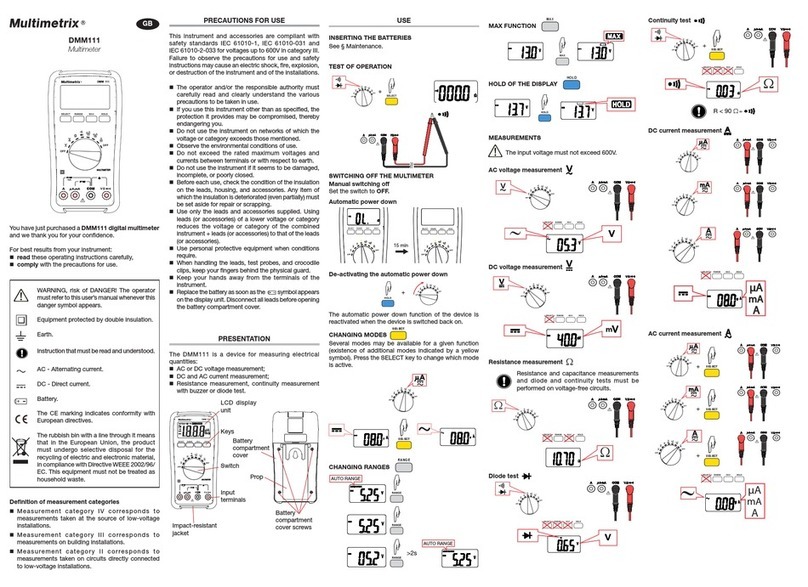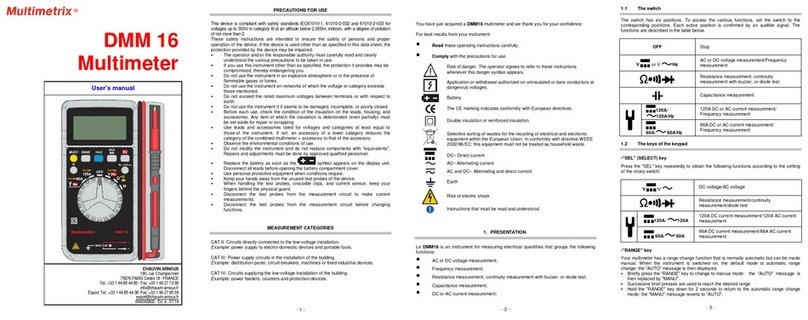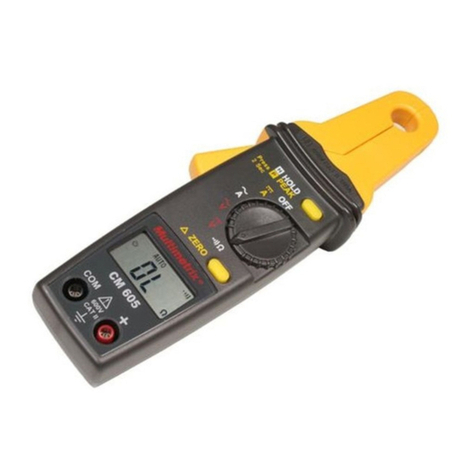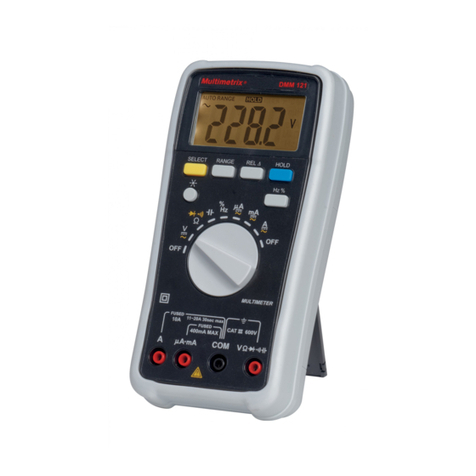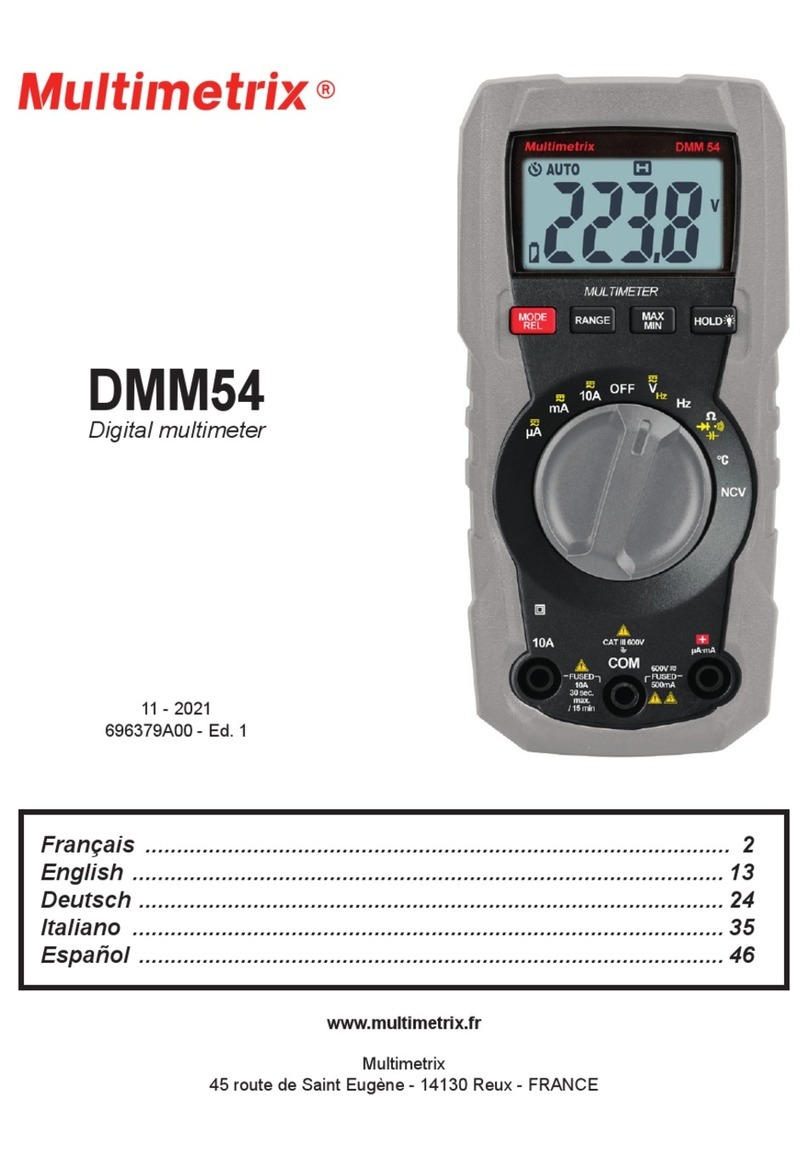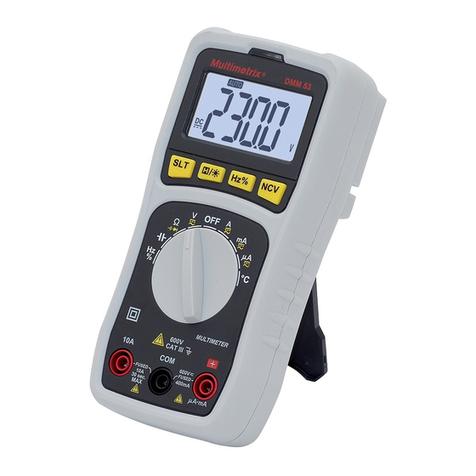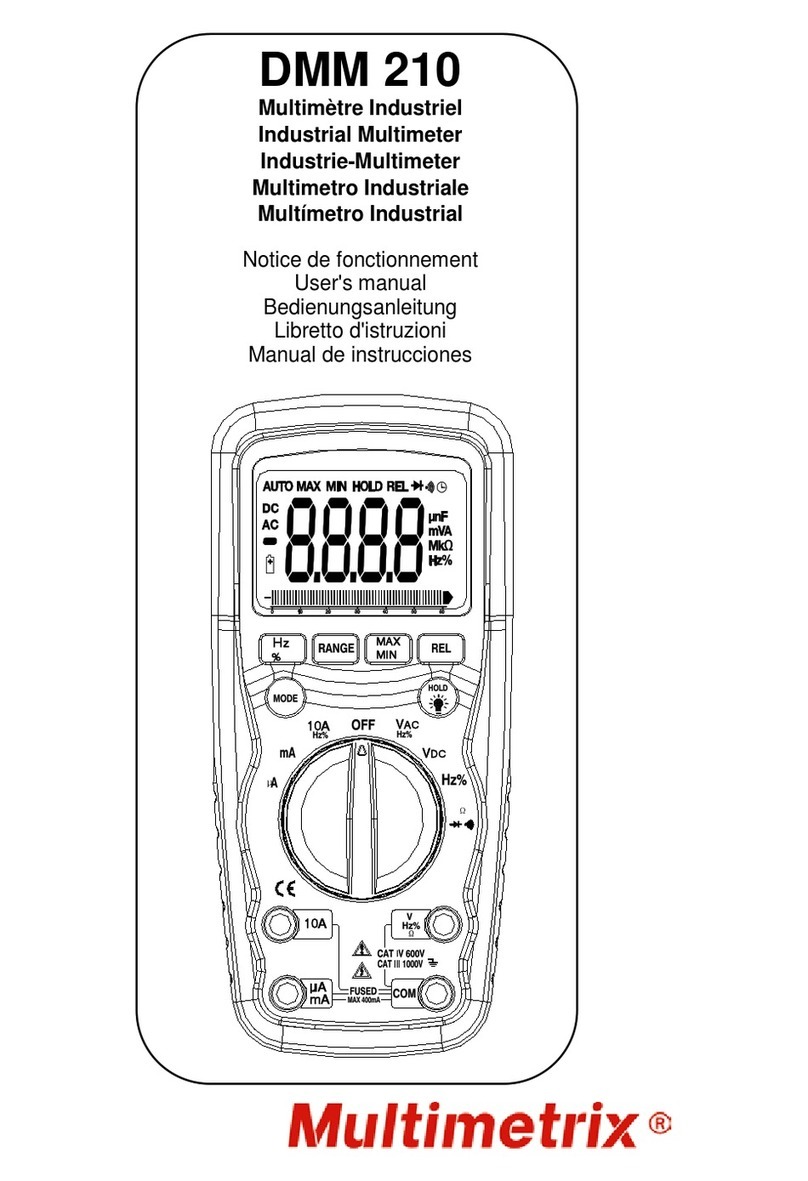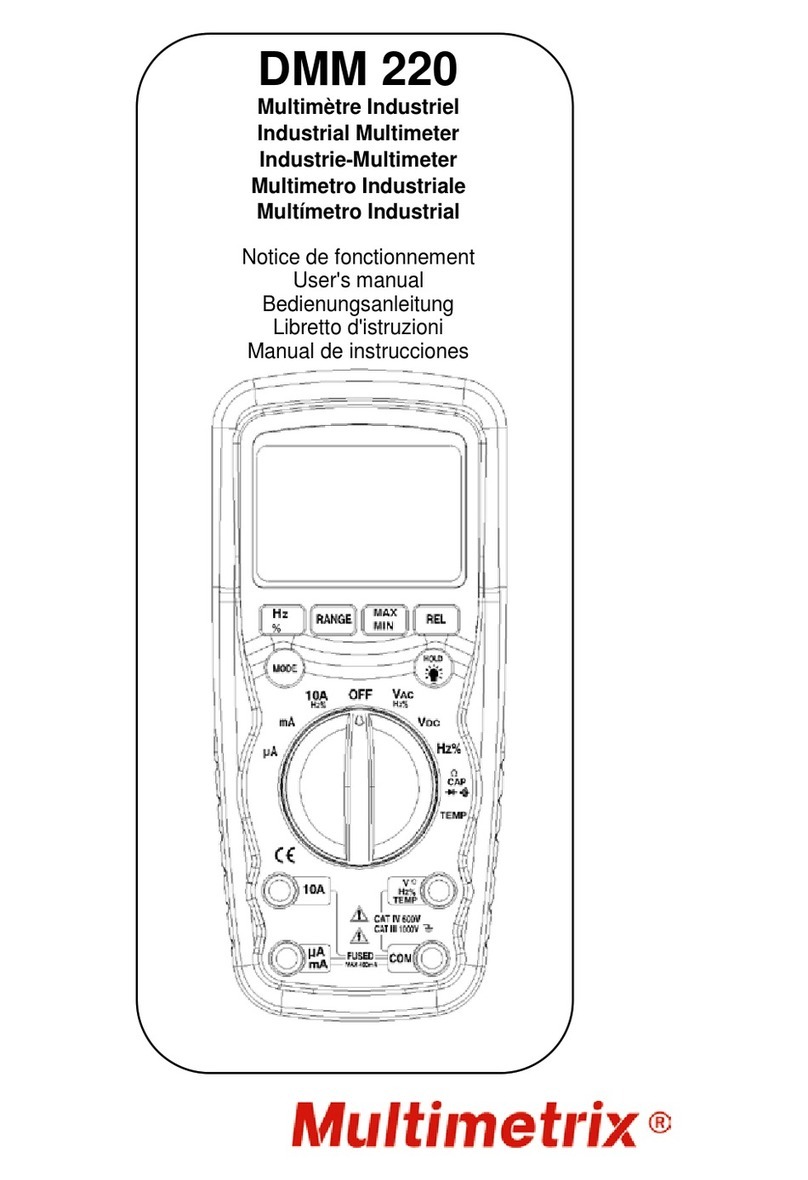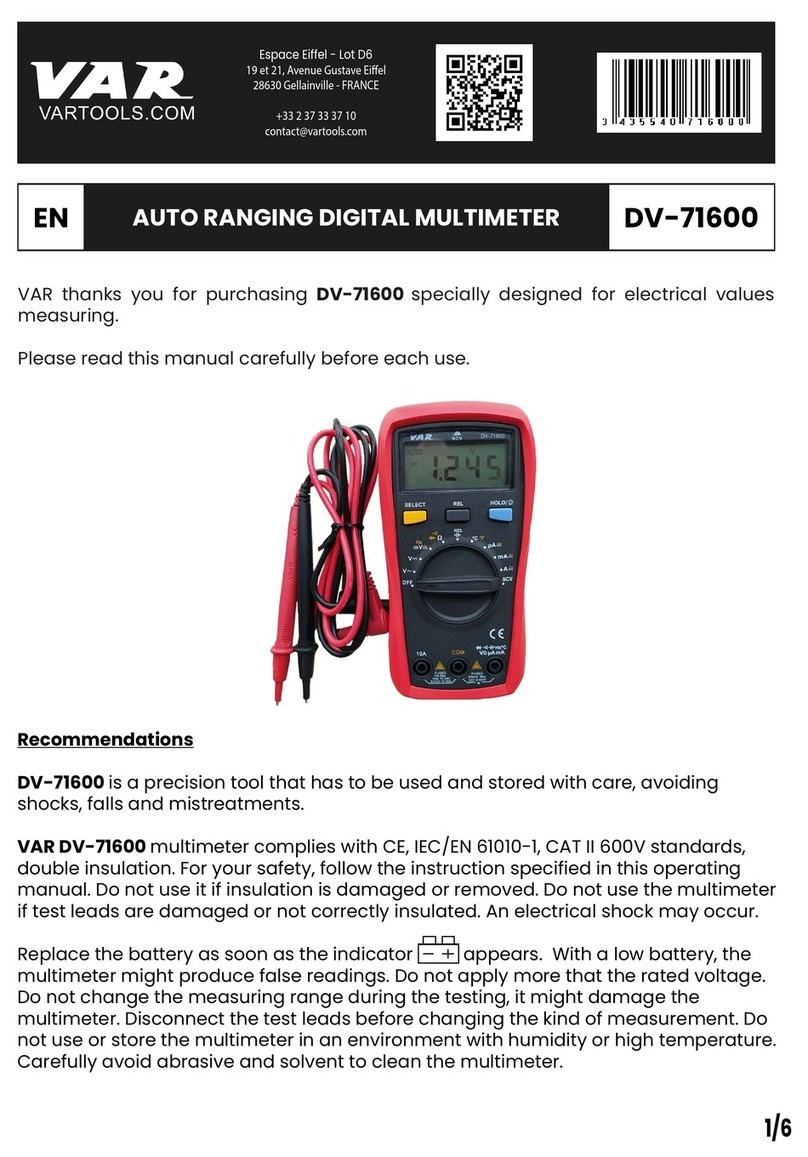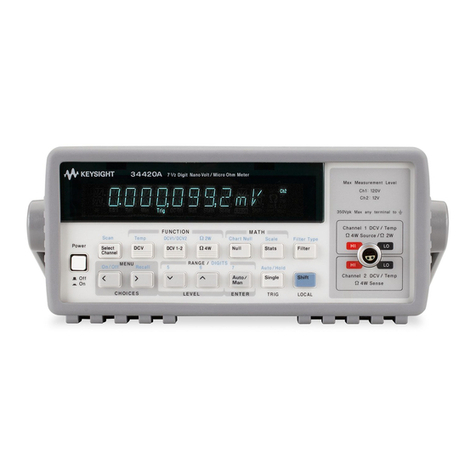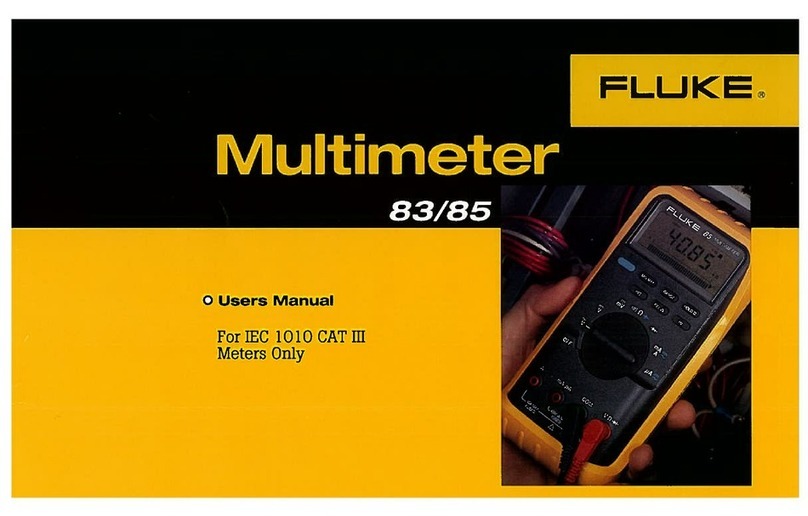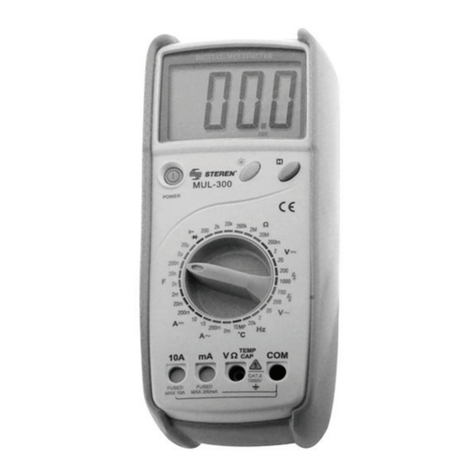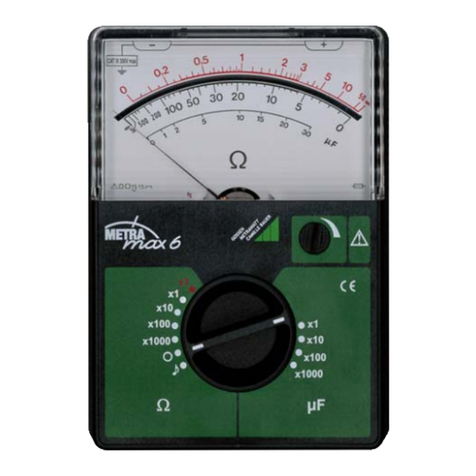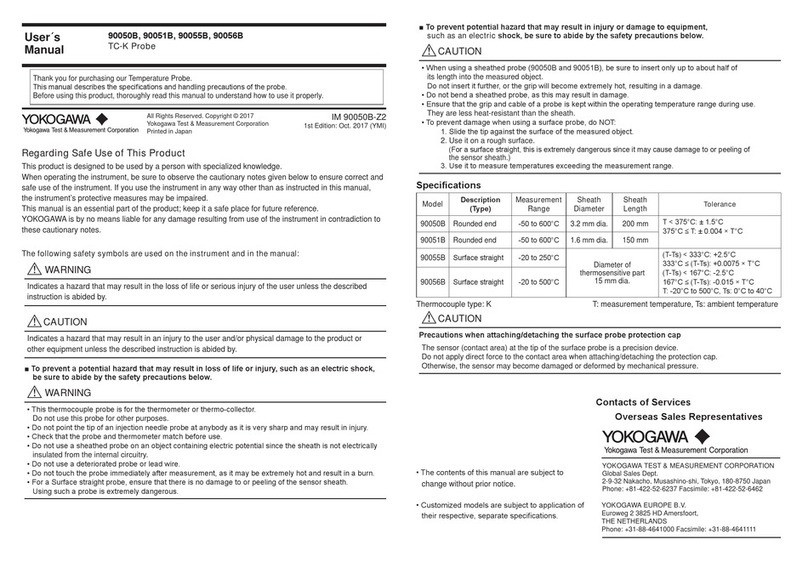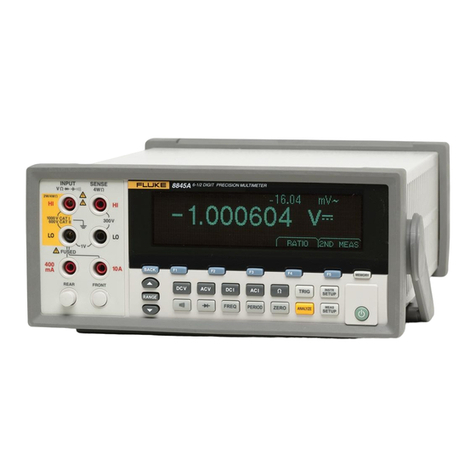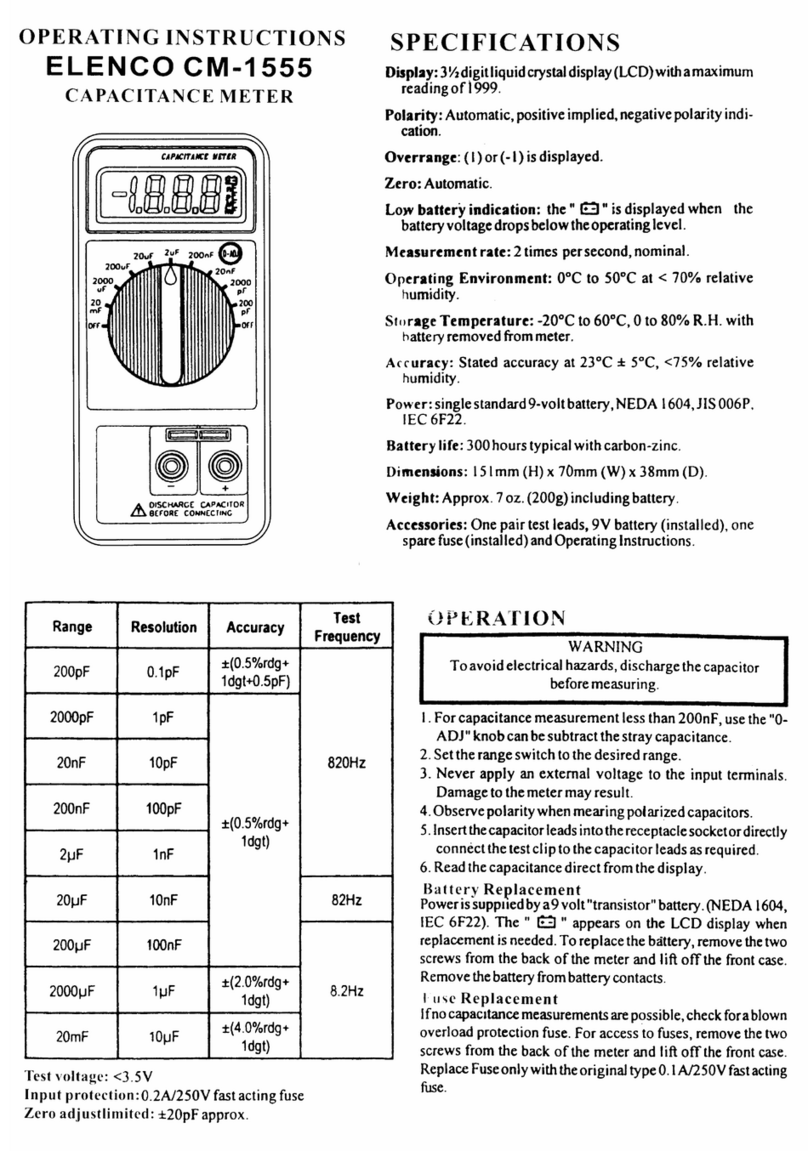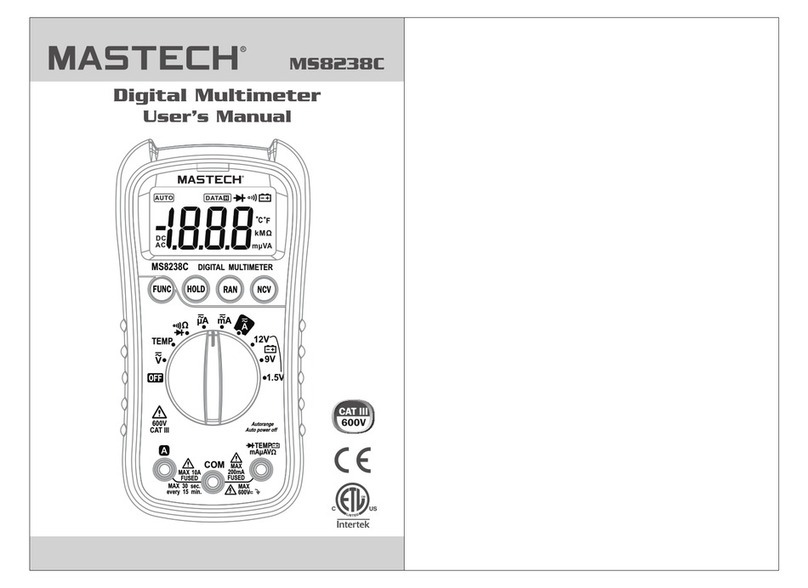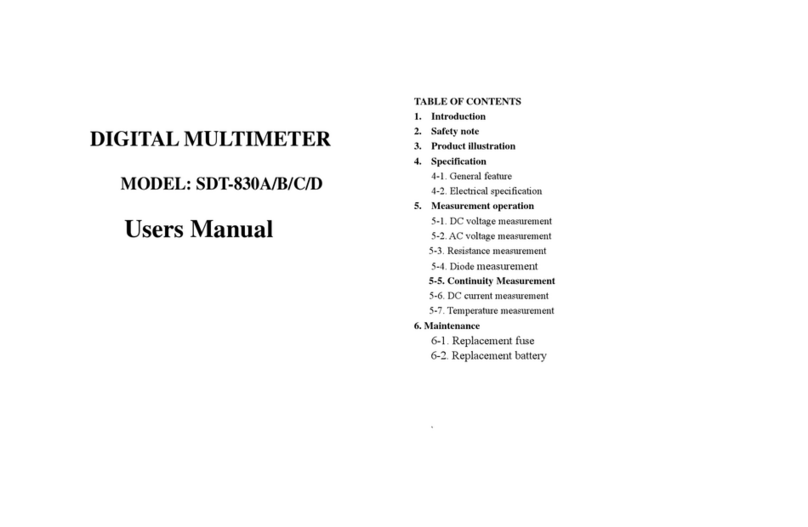
3
Dénition des catégories de mesure :
La catégorie de mesure IV correspond aux mesurages réalisés à la source
de l’installation basse tension.
La catégorie de mesure III correspond aux mesurages réalisés dans
l’installation du bâtiment.
La catégorie de mesure II correspond aux mesurages réalisés sur les circuits
directement branchés à l’installation basse tension.
PRÉCAUTIONS D’EMPLOI
Cet appareil est conforme aux normes de sécurité IEC 61010-032 et IEC 61010-
2-033, et les cordons sont conformes à l’IEC 61010-031, pour des tensions
jusqu’à 600 V en catégorie III.
Le non-respect des consignes de sécurité peut entraîner un risque de choc
électrique, de feu, d’explosion, de destruction de l’appareil et des installations.
L’opérateur et/ou l’autorité responsable doit lire attentivement et avoir une
bonne compréhension des différentes précautions d’emploi. Une bonne
connaissance et une pleine conscience des risques des dangers électriques
est indispensable pour toute utilisation de cet appareil.
Si vous utilisez cet appareil d’une façon qui n’est pas spéciée, la protection
qu’il assure peut être compromise, vous mettant par conséquent en danger.
N’utilisez pas l’appareil sur des réseaux de tensions ou de catégories
supérieures à celles mentionnées.
Respectez les conditions environnementales d’utilisation.
N’utilisez pas l’appareil s’il semble endommagé, incomplet ou mal fermé.
Avant chaque utilisation, vériez le bon état des isolants des cordons, boîtier
et accessoires. Tout élément dont l’isolant est détérioré (même partiellement)
doit être consigné pour réparation ou pour mise au rebut.
Utilisez spéciquement les cordons fournis. L’utilisation de cordons de
tension ou catégorie inférieures réduit l’utilisation de l’ensemble appareil +
cordons à la catégorie et à la tension de service les plus basses.
N’utilisez pas l’appareil dans une atmosphère explosive ou poussiéreuse.
Lors de la manipulation des pointes de touche, ne placez pas les doigts
au-delà de la garde physique.
Utilisez systématiquement des protections individuelles de sécurité.
Toute procédure de dépannage ou de vérication métrologique doit être
effectuée par du personnel compétent et agréé.
1. PRÉSENTATION
1.1. ÉTAT DE LIVRAISON
Livré sous blister avec :
trois piles 1,5 V (AAA ou LR3),
un jeu de deux cordons terminés par une pointe de touche,
un thermocouple de type K,
une che de sécurité multilingue,
une notice de fonctionnement 5 langues,
une sacoche.
1.2. MISE EN PLACE DES PILES
A l’aide d’un petit tournevis cruciforme, dévissez la vis de la trappe à pile.
Retirez la trappe à pile.
Insérer les trois piles fournies (piles 1,5 V alcaline de type AAA ou LR3).
Remettez la trappe à pile en place. Assurez-vous de sa fermeture complète
et correcte puis revissez la vis.
1.3. AFFICHEUR
Quand l’afcheur indique OL, c’est que la grandeur mesurée sort du domaine
de mesure.
1.4. PRÉSENTATION DE L’APPAREIL
La pince multimètre AC CM603 est facile d’utilisation et elle tient facilement
dans la main.
Elle peut mesurer des tensions alternatives ou continues, des courants
alternatifs, des résistances, des capacités, des fréquences, et des températures.
Elle permet aussi de déterminer des rapports cycliques, des tensions de diode
et des continuités.

